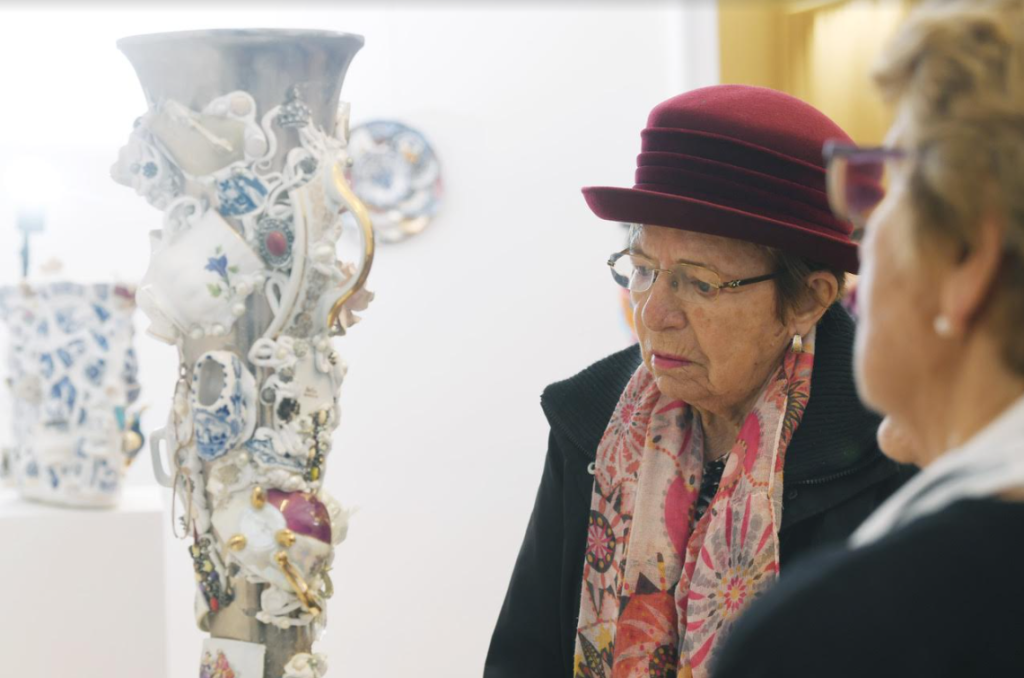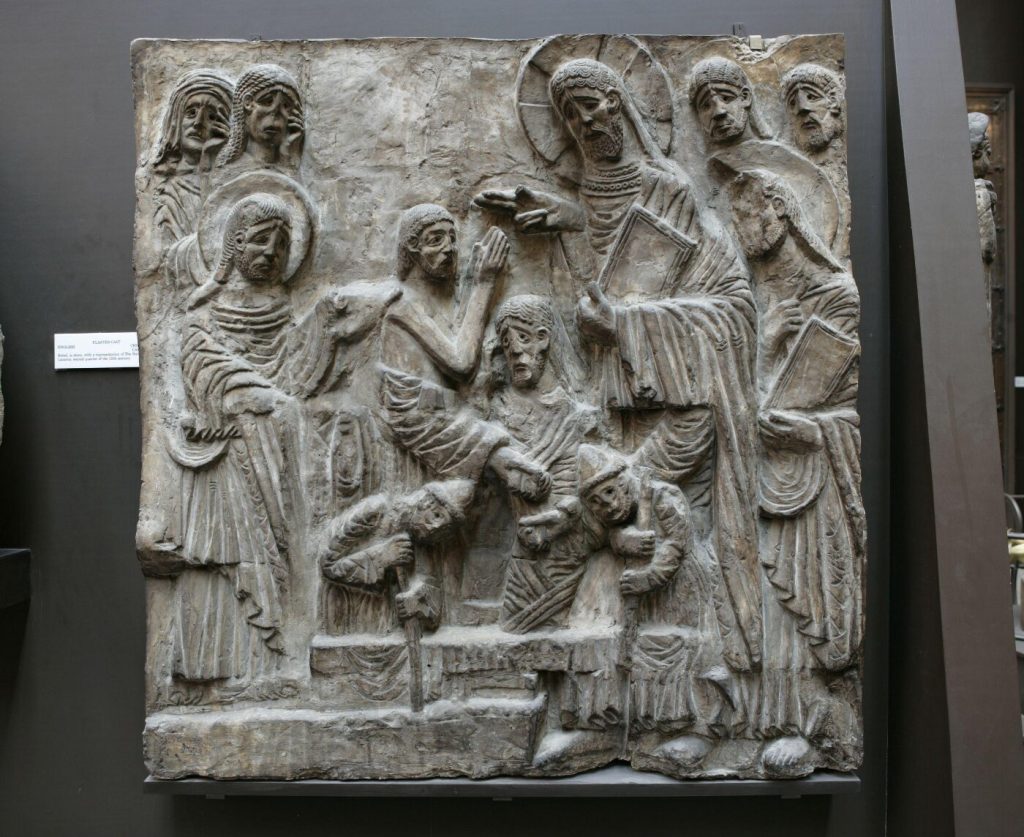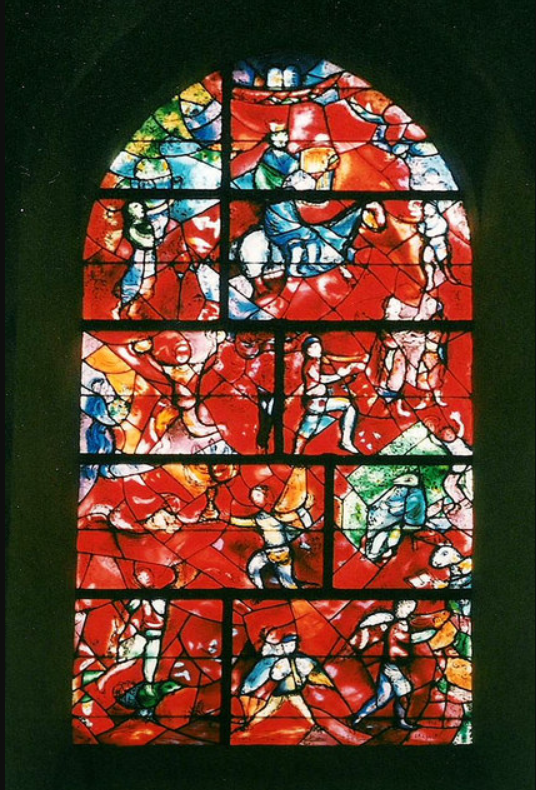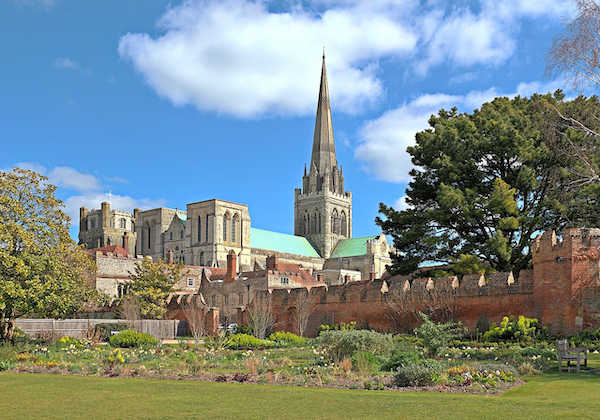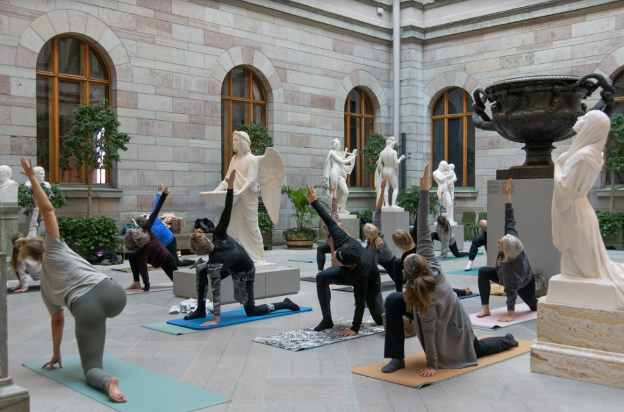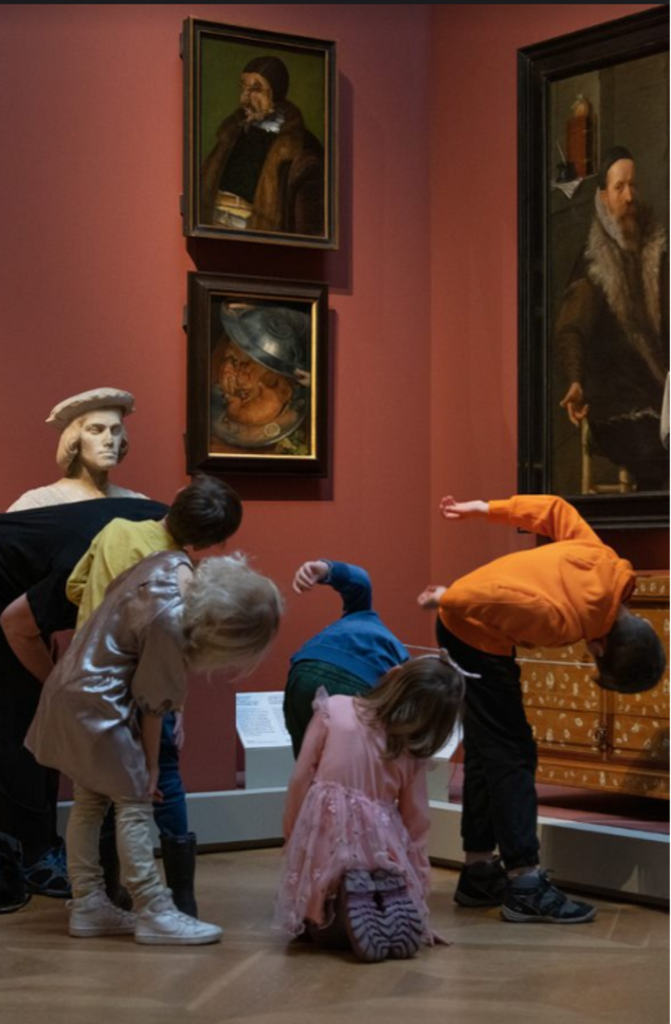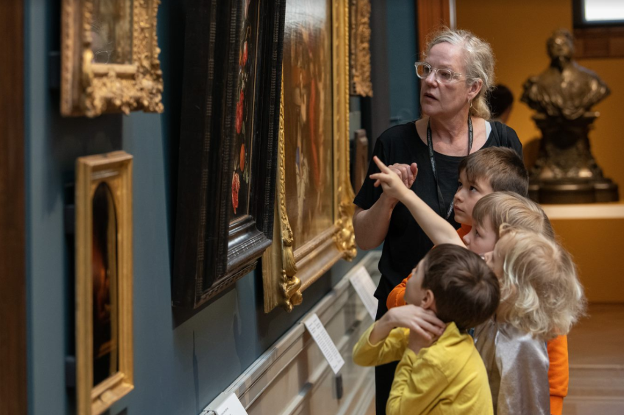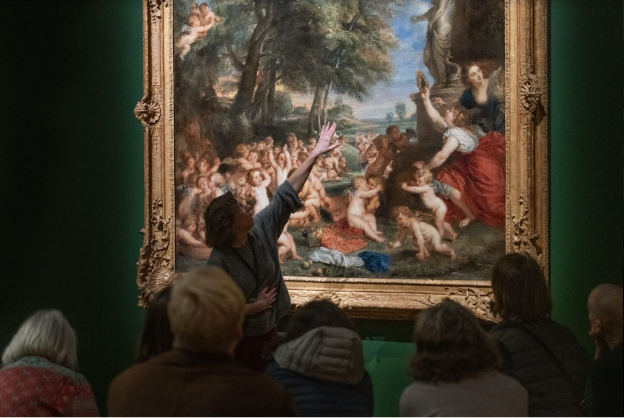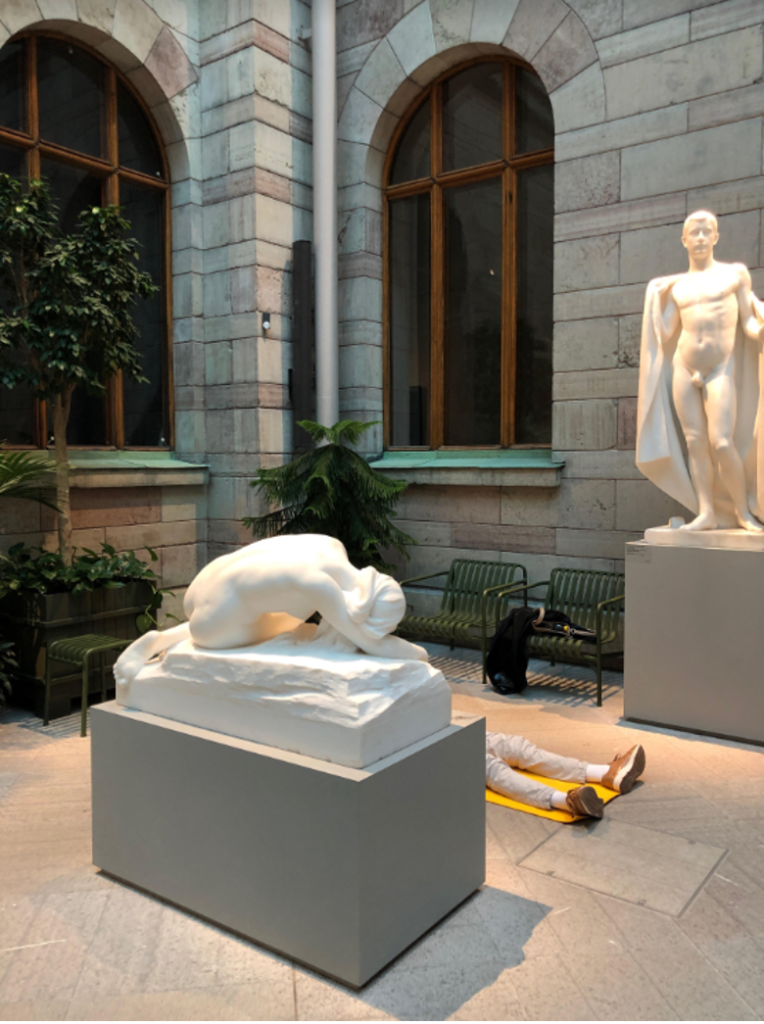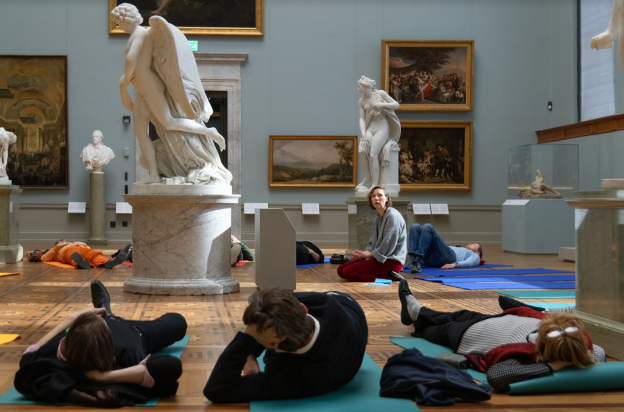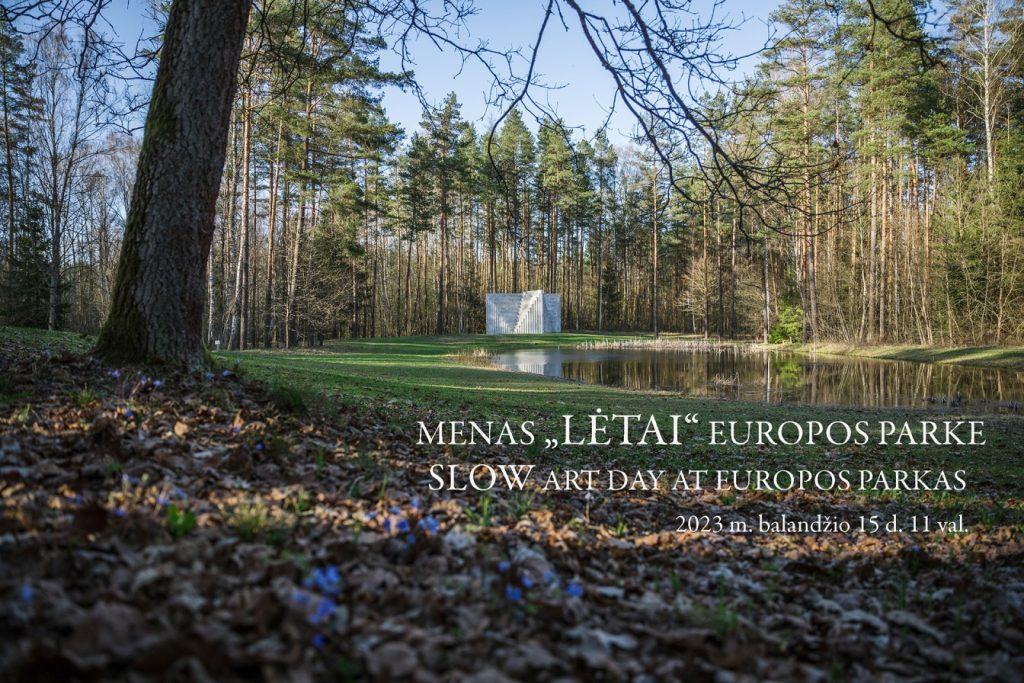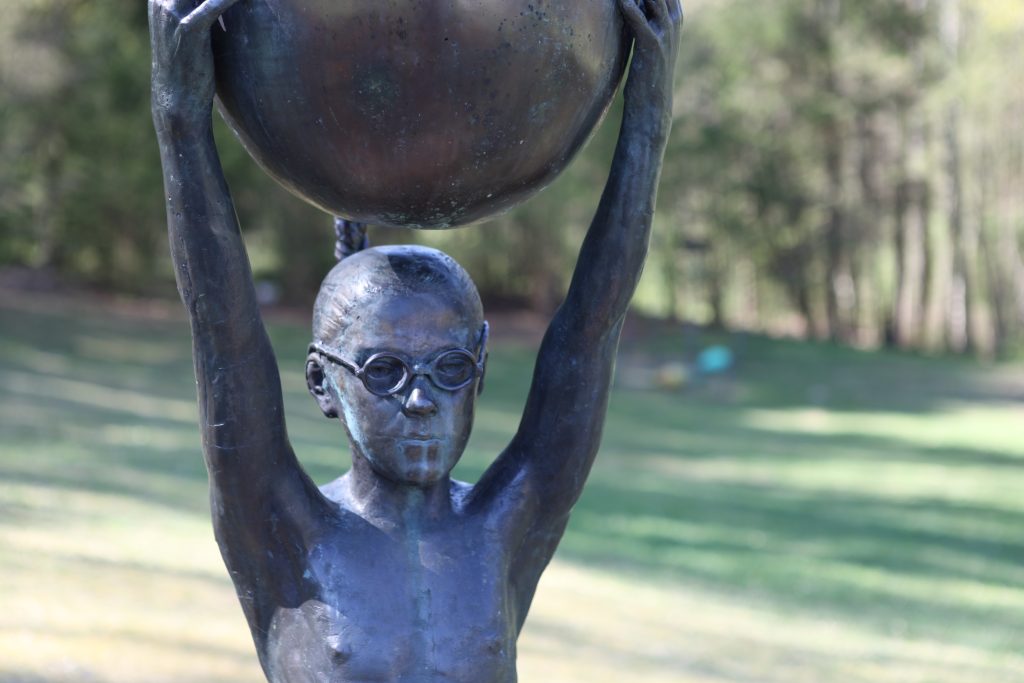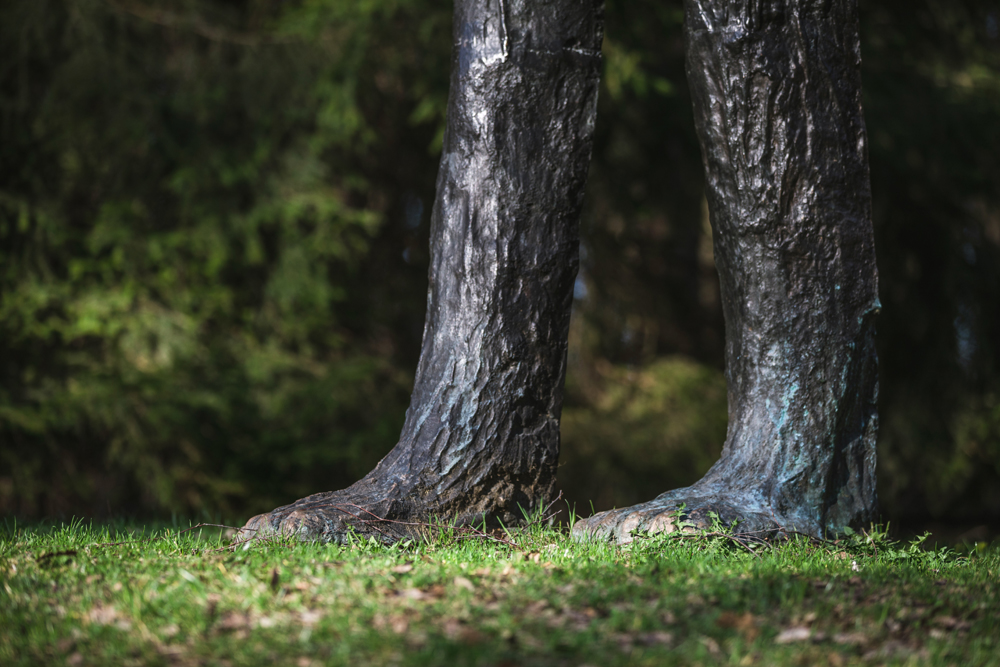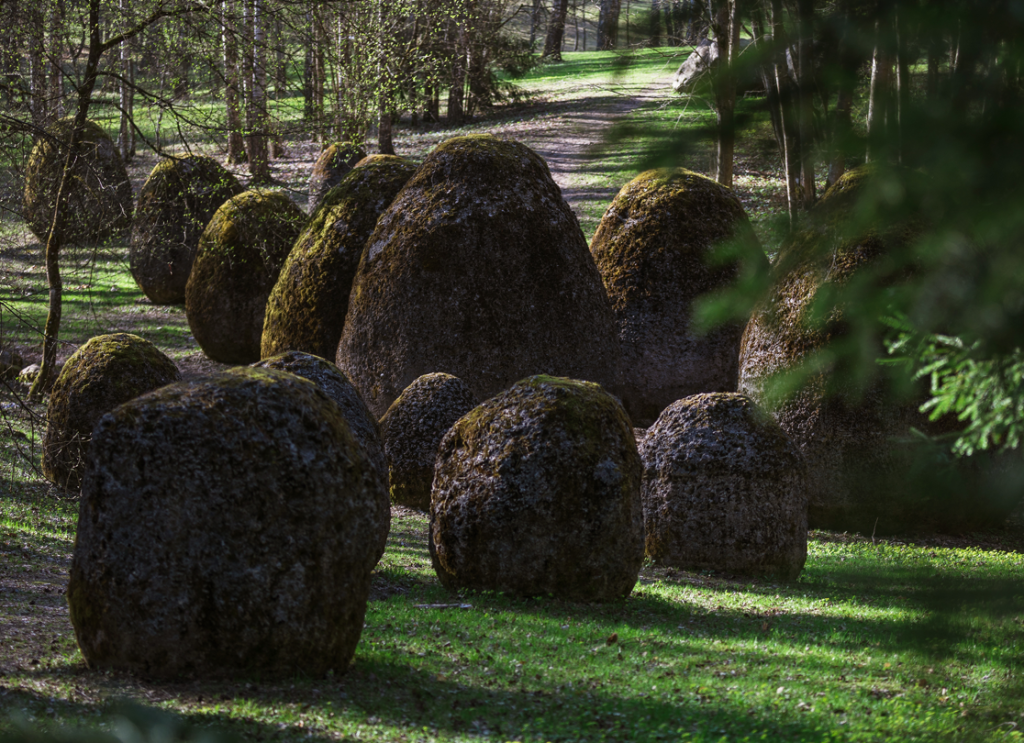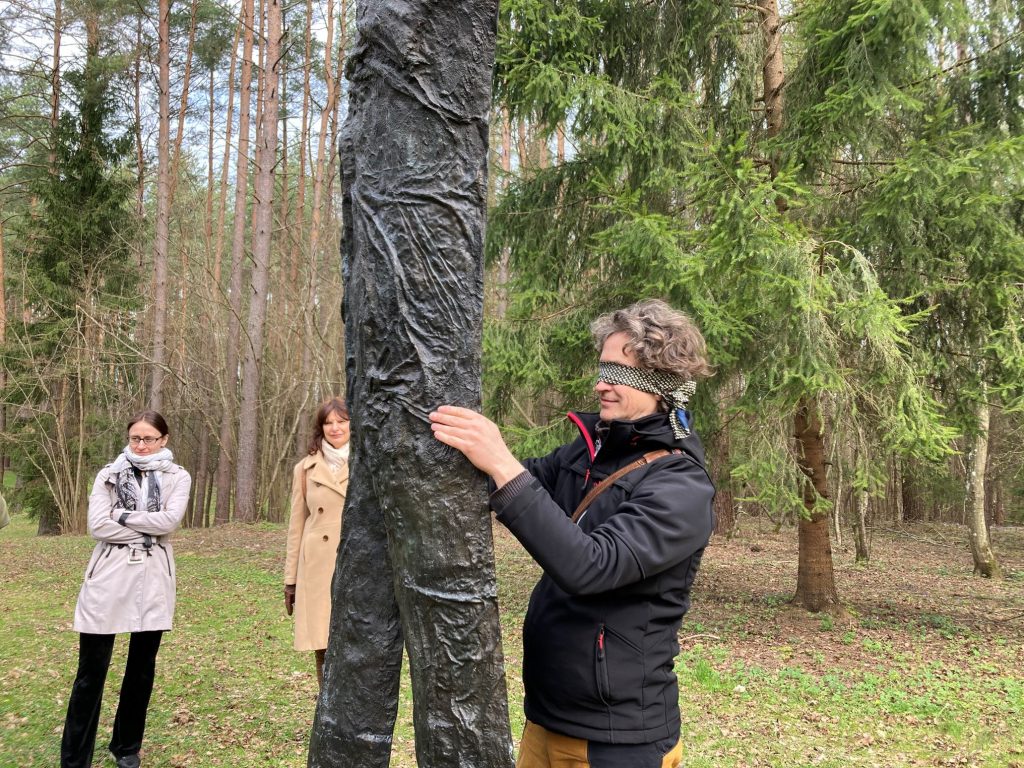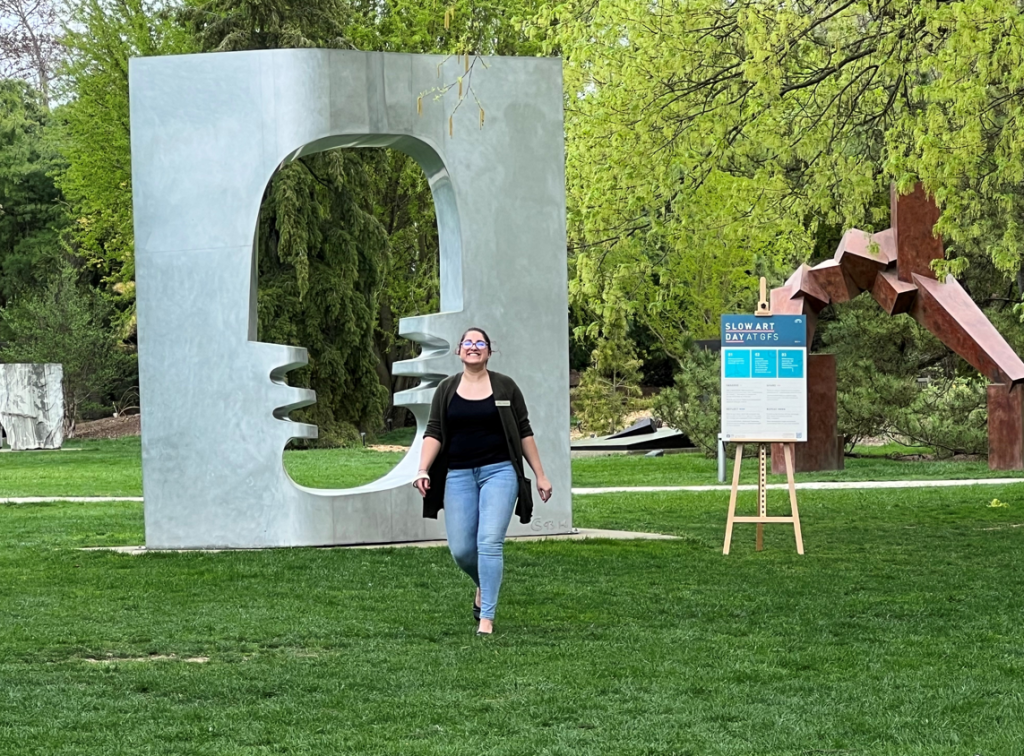Slow Art Day 2024 is tomorrow, Saturday, April 13 and yet again there are an amazing variety of museums, galleries, churches, cities, sculpture parks joining us from around the world (see the full list) – including across Europe.
To name just a few across that continent…
There are three cities hosting citywide Slow Art Days – Antwerp, Belgium (*8* locations), Reims, France (*4* locations), Rome, Italy (*3* museums).
Some countries are hosting multiple sites including Belgium (*11* locations including Antwerp), Sweden (*8* locations), Italy (*7* locations including Rome), England (*6* locations), Germany (*5* locations including 2 in Berlin), Spain (*4* locations), Ireland (*3* locations), Denmark (*2* locations).
Then Ukraine, Slovenia and several other countries have single sites for Slow Art Day 2024.
Here’s details on just two of these locations:
Altes Museum – Berlin
The Altes Museum (English: Old Museum) is a UNESCO World Heritage Site and was originally built between 1825 and 1830. It’s in the heart of Berlin on the museum island. For their Slow Art Day they are running a workshop in the Greek and Roman galleries.
And I love this – the “prerequisite” for participation in this workshop is “curiosity and goodwill towards yourself.” Lovely. Led by the art therapists Naira Bloss and Ulla Utasch, the workshop includes a short guided relaxation exercise, slow looking at selected ancient art, then followed by an in-depth discussion.
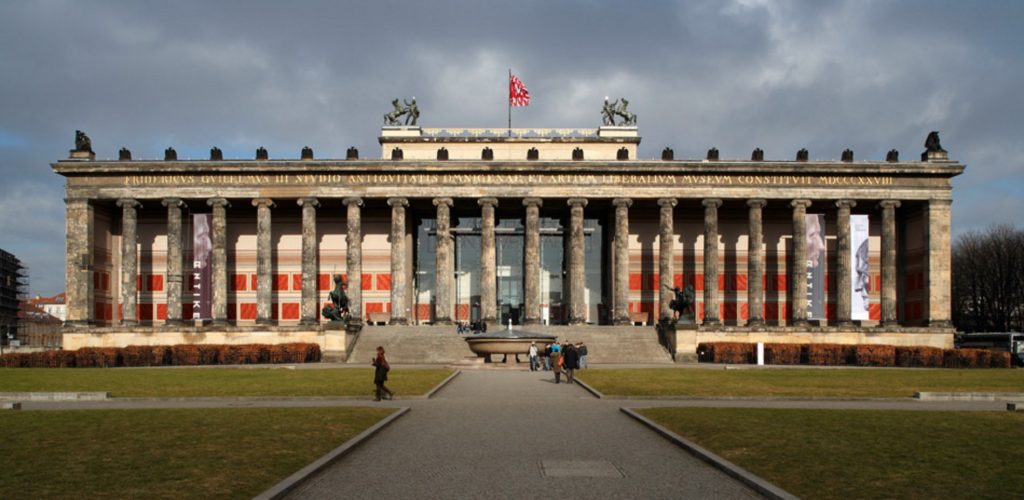
Sweden Nationalmuseum
The Swedish Nationalmuseum is hosting another art chill in their beautiful Sculpture Courtyard. They are providing yoga mats and an optional soundtrack.

These are just a few of the hundreds of places hosting events around the world this year.
And, of course, you can run your own personal Slow Art Day anywhere anytime.
We hope you have a wonderful Slow Art Day 2024.
– Phyl
P.S. If you have not yet registered your Slow Art Day with us, then go to this page.
P.P.S. Our 2023 Annual Report is out. Read it and get inspired!



